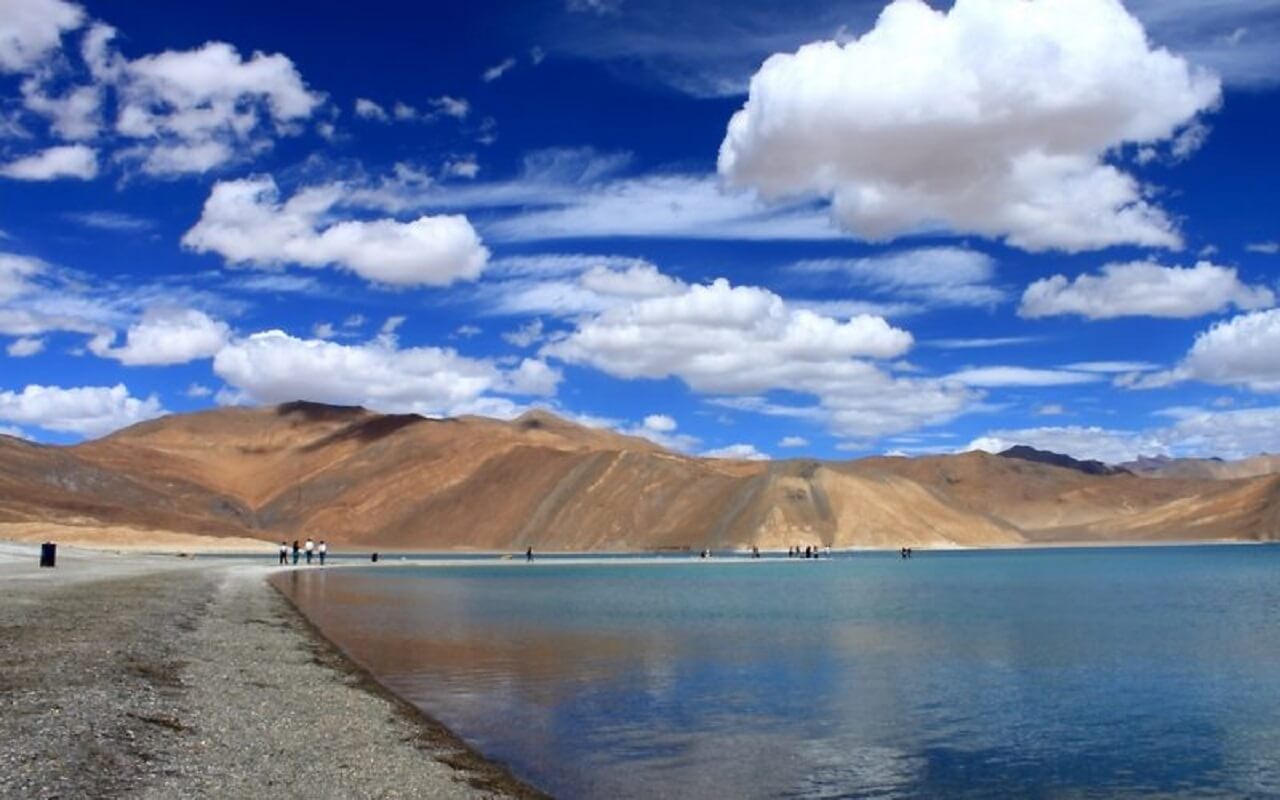Water Policy of China: A Natural Weapon
Shrabony Akter | 25 May 2022
The water resource challenge to China’s development is exceptionally complex, encompassing geographical, political, economic, and social dimensions. There are both domestic and international impacts of China’s policies. However, rather than try and resolve its internal water distribution systems, It has become evident that China is trying to establish its water resources as a weapon to become the regional power of Asia.
China is determined to build itself as a hegemonic power. According to realist scholars, any state must first be a regional power to become a hegemonic power. China is no different. So, the priority of China is to establish itself as a strong state which will dominate the regional economy and international politics. The rapid GDP growth of this economically strong country is a testament to that oath.
China is blessed with an abundance of natural resources. One of these blessings is China’s geographical position and its transboundary rivers. More than two-thirds of China’s rivers originate in China. China also shares forty major transboundary watercourses with its neighbouring countries. As China is upstream on most of its shared international watercourses, it enjoys a significant level of power over its neighbours. This has allowed China to play a crucial role when it comes to water diplomacy. China has engaged in unilateral dam-building and river diversion plans in recent years. These activities have massive potential for negative impacts on downstream countries in ecological, political, and economic terms. China even voted against United Nations Watercourse Convention (UNWC). These political moves indicate that China uses its water as a geostrategic weapon, particularly against India.
The most critical situation in this case scenario is that India is another rising power in the South Asian region. Moreover, India is an ally of China’s rival superpower, the USA, making the situation even more complicated. To balance the power with China, the USA has introduced the Indo-Pacific strategy in collaboration with ASEAN. The main target of this strategy is to make the bond among the US-allied countries stronger so that power does not slip over from the USA to China in the Asia region.
Although China has already made treaties with some of its neighbouring states, it has not yet signed any treaty with India except in 2008. China signed an MoU with India and a separate one with Bangladesh in 2008. However, it has not signed any comprehensive river treaty regulating the issue of water distribution. China also has no water sharing agreement or treaty with any other lower-riparian states, i.e., Thailand, Laos, Cambodia, Vietnam, and Myanmar. As a result, they have all been affected and expressed concerns over China’s treatment of these shared rivers. China’s current water strategy significantly impacts its political relationships with these countries. The Mekong River issue makes it easier to understand. China’s relationships with lower-riparian states deteriorate as China becomes increasingly possessive over transboundary rivers. In the Brahmaputra issue, China is behaving in the same way. As a neighbouring state, such policies in India are also affecting Bangladesh.
It is primarily the dam projects in China that are affecting its economic relations with its neighbouring countries. Because of the dams, the regular flow of the rivers is being hampered, which causes floods, drought, and other artificial crises in its neighbouring countries. These artificial phenomena should have been natural as they are essential for agriculture. Nevertheless, these natural phenomena are being hampered due to the dams, causing economic loss to the countries connected with China geographically. On the other hand, China has become the world’s factory, which has come at a cost to its environment and water resources. Although China’s factories and companies are at stake because of China’s water pollution and unplanned dams (which are already causing significant damage), China is not paying any heed to these issues.
In 2010, a “Three red lines” policy was declared by China’s Communist Party Central Committee and State Council to establish clear and binding limits on the quantity, usage, efficiency and quality of water. This step was taken because of the internal scarcity of water in China. Although China is blessed with some of the most important rivers in South Asia, the water distribution inside china is not symmetrical. Some of the provinces have to suffer for water to cultivate or even drink, which significantly impacts China’s internal power politics. Moreover, according to some research, it has been shown that water tables are dropping by approximately one meter annually throughout the North China Plain. But it seems like China is so desperately running after gaining power that it does not even care what is happening in its land and how it will deal with such problems in the future.
Shrabony Akter, Research Intern, Centre for Governance Studies (CGS).
Views in this article are author’s own and do not necessarily reflect CGS policy.
